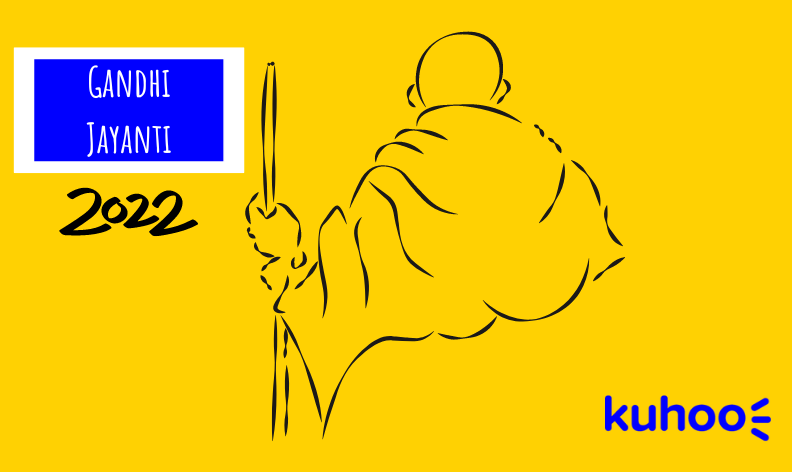Blog 
 Back
Back

Gandhi, self-reliance, khadi & Atmanirbhar Bharat
Gandhiji propounded the vision of a free India through self-reliance, becoming Atmanirbhar
Gandhi Jayanti is celebrated annually on the 2nd of October to commemorate the birth
anniversary of the Father of our Nation, Sh. Mohandas Karamchand Gandhi also called
Bapu or Mahatma Gandhi. It was under the leadership of Mahatma Gandhi that for the
first time in human history a non-violent movement culminated in such resounding
success. Gandhiji used the peaceful or non-violent method to usher in a political change,
resulting in India’s independence on 15th August 1947.
Mahatma Gandhi also wanted to herald a social change in India he initiated the non-
violent fight against Britishers by becoming “Atmanirbhar” (independent) where he
wanted Indians to start making use of Swadeshi goods and boycott foreign-made
goods.
Here are two very impactful “Atmanirbhar” movements by Gandhi Ji:
Khadi Movement-

Khadi refers to handwoven and handspun cloth, but unlike ordinary cloth, Khadi has a
very special place in India’s history of freedom and independence.
In 1918, Mahatma Gandhi used Khadi cloth as a key component of the Swadeshi
Movement, a boycott of imported goods and materials. This would help to lift India out
of poverty by creating local industries and jobs. It would also relieve India of its reliance
on expensive imported goods from Britain, despite the fact that the raw materials
originated in India.
Gandhi understood how important it was for the people of India to reclaim what was
rightfully theirs, using their own products and skills to create their own wealth. Khadi
became and still is a symbol of India’s self-identity – a rich heritage and culture
thousands of years old.
Salt March-

The Salt March, also known as the Salt Satyagraha, Dandi March, and Dandi Satyagraha,
was a nonviolent civil disobedience campaign led by Mahatma Gandhi in colonial India.
The march lasted twenty-four days, from March 12 to April 6, 1930, as a direct action
campaign of tax resistance and nonviolent protest against the British salt monopoly.
Another reason for this march was that the Civil Disobedience Movement required a
powerful inauguration to inspire more people to follow Gandhi’s example. Gandhi began
his march with 78 of his most trusted volunteers. The march covered 385 kilometers (239
miles) from Sabarmati Ashram to Dandi, which was then known as Navsari (now in the
state of Gujarat). Along the way, an increasing number of Indians joined them. When
Gandhi broke the British Raj salt laws at 8:30 am on 6 April 1930, it sparked large-scale
acts of civil disobedience against the salt laws by millions of Indians.
The large impact of this civil obedience was that the voice of the millions of Indians was
eventually heard by the British Raj and played a big role in the Britishers leaving our
country.
This Gandhi Jayanti Kuhoo Atmanirbhar is ready to support you in achieving
Atmanirbhar status and independently funding your education.



